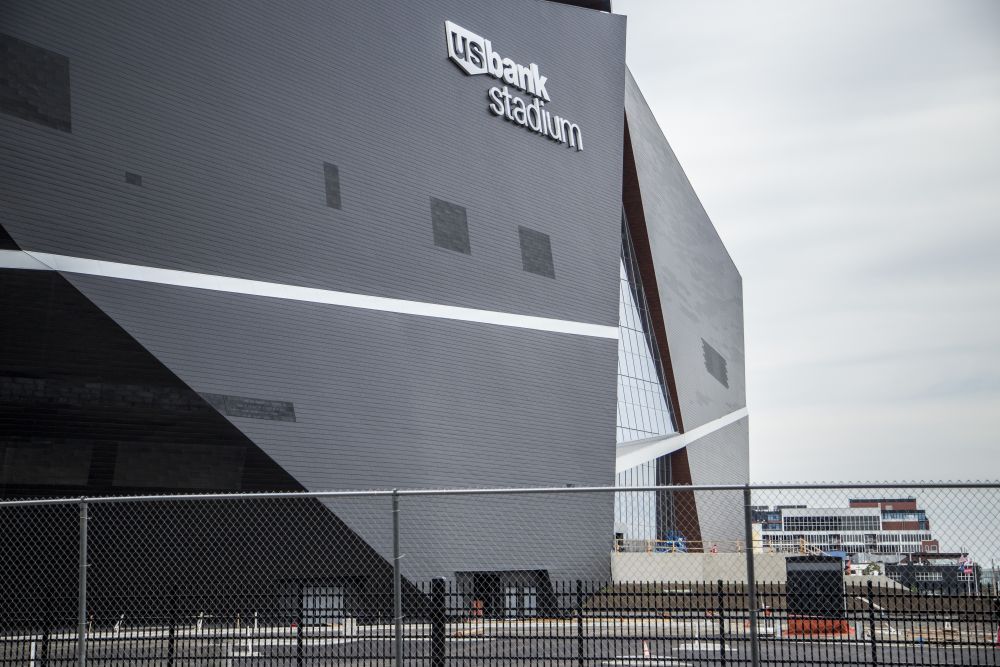US Bank Stadium to achieve green building certification
The newly opened US Bank Stadium is on track to achieve green building LEED certification, according to Michele Kelm-Helgen, chair of the Minnesota Sports Facilities Authority

The newly opened US Bank Stadium is on track to achieve green building LEED certification, according to Michele Kelm-Helgen, chair of the Minnesota Sports Facilities Authority.
The stadium was built by Golden Valley-based Mortenson Construction and designed by HKS of Dallas and the public funding it received for its construction required a green design.
Kelm-Helgen said: “This was one of the things that the state and the city had highlighted as being important... We really focused on it from day one.”
The LEED certification is attributed according to several factors, including energy-efficiency, and access to public transports.
Four existing NFL stadiums currently have LEED certification: Soldier Field (Chicago), Levi’s Stadium (San Francisco), M&T Bank Stadium (Baltimore) and Lincoln Financial Field (Philadelphia).
Sheri Brezinka, executive director of the U.S. Green Building Council’s Minnesota chapter said: “You could not say it’s the greenest, with a few other stadiums coming in with higher certifications... But you could say it’s definitely in the top echelon of green stadiums across the country.”
The new stadium consumes less energy and less water – saving 16 per cent of energy costs – than the building it is replacing, the Metrodrome, even though it is twice as big with 1.75 million square feet.
The semi-transparent ETFE roof that was installed on the building allows natural light to flow into the stadium and the specific structure saved 2,000 tons of steel – amounting to savings of around $3 million.
The Bank stadium also uses LED lighting, which is estimated to save the building about $300,000 per year in comparison with normal lighting.
Low-flow fixtures in the bathrooms, native plantings and efficient irrigation systems allow significant water savings.
The stadium has very good access to public transport and more than a third of people attending games there are expected to use mass transit, which also wins green building points for the stadium.
